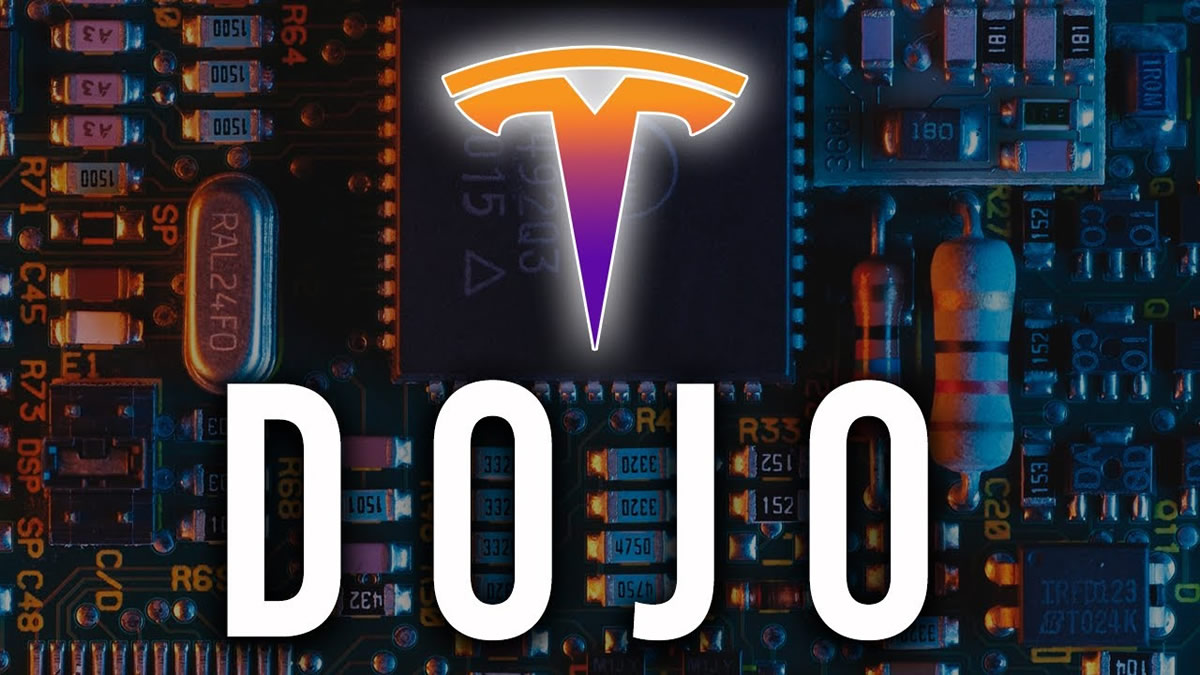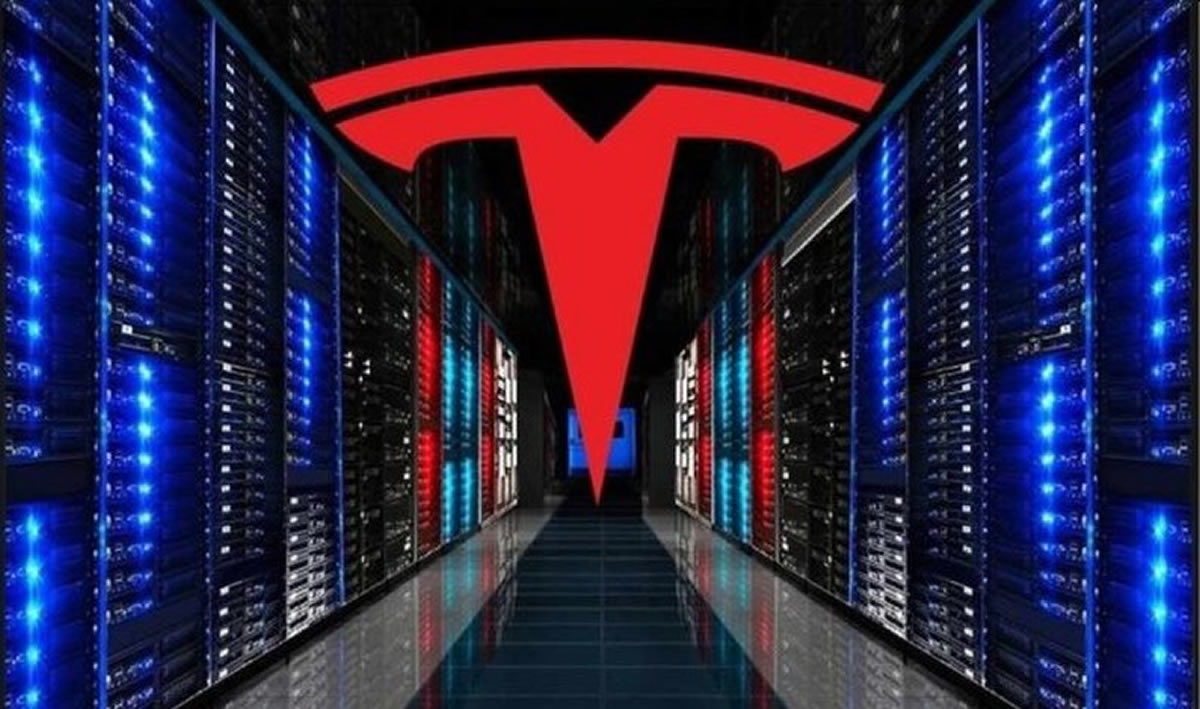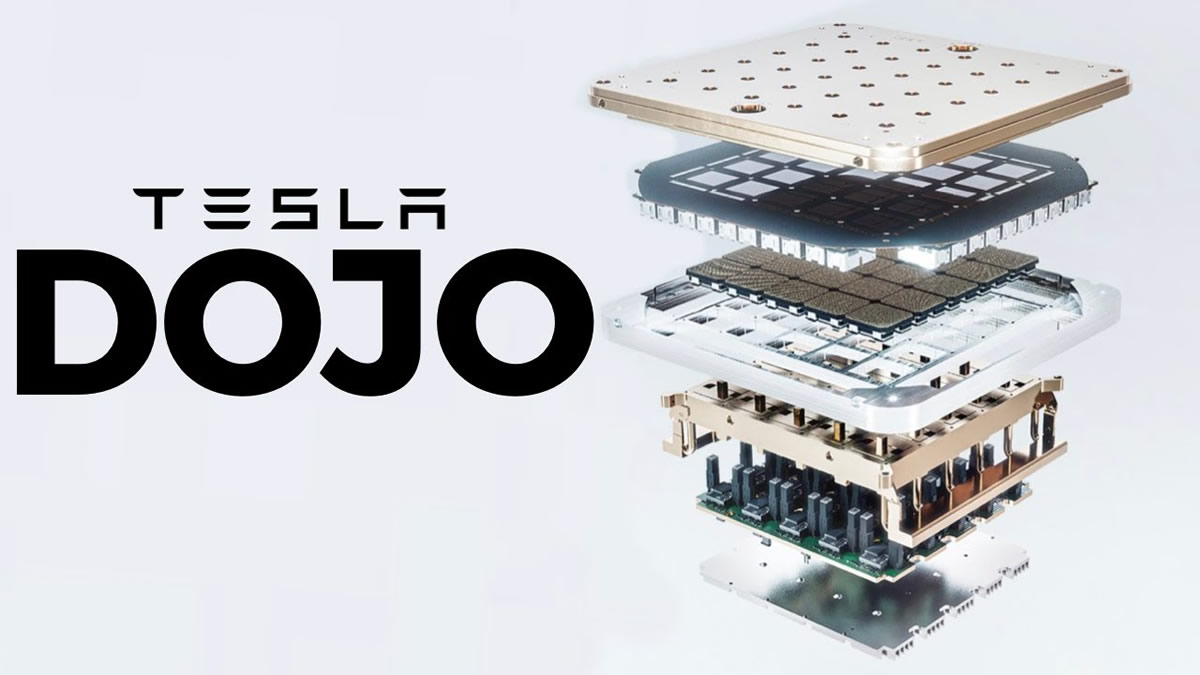
According to official news from Tesla, mass production of Dojo has officially begun. Nearly two years have passed since Dojo's first public appearance and its official mass production.
For Musk, today's Dojo is no longer just a supercomputer used by Tesla to train autonomous driving models in the cloud; in fact, it has become the computing infrastructure for the development of the entire Tesla AI business system. From a larger perspective, Dojo is actually a key carrier of Musk's AI ambitions.
Dojo is a supercomputer project developed by Tesla. Its initial goal is to train autonomous driving models and solve the massive video data training problem faced by Tesla. The Dojo project includes hardware and software development aimed at providing highly optimized computing capabilities capable of efficiently processing large-scale video training data. Dojo's hardware configuration is very powerful, including a computing cluster composed of a large number of 7-nanometer process D1 chips, with a peak computing power of up to 1.1 exaflops, as well as high-speed SRAM and high-bandwidth DRAM. In addition, Tesla has also developed a full-stack software system for the Dojo project, including underlying driver software, compiler engine, PYTORCH plug-in and upper-layer neural network model.
Dojo is a supercomputer and computing infrastructure developed by Tesla to meet the growing needs for AI computing, especially in the field of autonomous driving. Its significance is not limited to autonomous driving, but also provides important support for Tesla's AI development and humanoid robot project Optimus, and is regarded as one of the infrastructures of Tesla's AI empire.

Tesla's motivations for developing Dojo include improving efficiency, reducing costs, achieving vertical integration, meeting data growth needs, and supporting future technology development and business strategies. This project not only serves Tesla's autonomous driving field, but is also expected to support multiple areas of Tesla's AI empire.
Tesla faces a sharp increase in computing demands, especially in the field of autonomous driving, which requires large-scale video data to train models. Although Tesla has previously used Nvidia's GPUs to build a set of supercomputers for cloud training, general-purpose GPUs are not the most efficient tool for processing a single type of task. Dojo's self-developed design is designed to efficiently handle specific tasks such as video training, thereby improving computing efficiency.
Purchasing a large number of general-purpose GPUs to build computing systems is expensive. Tesla has had to buy Nvidia GPUs in large quantities in the past, which has become an expensive investment, and one of the goals of the Dojo plan is to reduce computing costs by developing in-house hardware and software.
Tesla's goal is to achieve vertical integration in the field of AI and reduce dependence on external suppliers. Although Tesla and Nvidia have cooperated on cockpit chips and smart driving chips, in order to better master the technology and maintain autonomy, Tesla decided to develop Dojo as its computing infrastructure.
Increased sales of Tesla vehicles have led to exponential growth in massive amounts of data. To meet this demand, Tesla needs more computing power, and Project Dojo provides the necessary support.
Tesla views Dojo as the key to achieving safer fully autonomous driving and AI technology, which provides strong support for its future business growth and long-term value. Musk hopes to maintain a competitive advantage by investing in Dojo to advance Tesla's goal of being safer than human drivers.
The Dojo plan is a costly investment designed to provide powerful computing infrastructure support for Tesla's autonomous driving and AI development. Musk's statement: During the earnings call, Tesla CEO Elon Musk said that they will invest billions of dollars in the Dojo project. Tesla has previously purchased a large number of Nvidia GPUs to build cloud computing systems. It is estimated that this investment has exceeded 300 million US dollars. Since the Dojo program aims to be more efficient and less expensive, the investment is likely to be larger.

The potential value of Dojo to Tesla is huge. It can not only strengthen its leadership position in the field of autonomous driving, but also bring more innovation and growth opportunities to the company, thereby increasing its market value and competitive advantage.
Project Dojo provides the large-scale computing power Tesla needs to train autonomous driving models. Through more efficient training, Tesla can improve the performance of its autonomous driving system, making it safer and more reliable, and provide higher levels of autonomous driving capabilities. This will help Tesla continue to lead the field of autonomous driving technology and increase sales and market share.
Tesla has vast troves of vehicle and sensor data that are critical to improving its self-driving systems and AI models. The Dojo program can help Tesla better utilize this data to improve vehicle performance, safety and user experience.
One goal of the self-developed Dojo project is to reduce computing costs. This will help Tesla reduce the cost of its self-driving technology, making it more affordable and competitive.
The computing power of the Dojo project is not only suitable for autonomous driving, but can also be used in other fields, such as humanoid robots, general artificial intelligence, etc. Tesla has already demonstrated interest in these areas, so Dojo could open up new business opportunities for Tesla, increasing the company's diversity and profitability.
Project Dojo represents Tesla's long-term commitment to the future. As Tesla continues to increase vehicle sales and expand its business, Dojo's value will continue to grow and support Tesla's long-term vision, including achieving fully autonomous driving and building an AI empire.
According to the latest research report released by Morgan Stanley, the next-generation Tesla fully autonomous driving system driven by Tesla's Dojo supercomputer may increase the company's market value by up to US$500 billion. The essence of Dojo is autonomous driving powered by artificial intelligence. One of the practical applications is Tesla's upcoming self-driving taxis and network services. This new market will contribute far more than the profits earned by its automobile business in the future. For Tesla's long-term plan, Tesla's main source of revenue will rely on software and services business, rather than electric vehicles.




